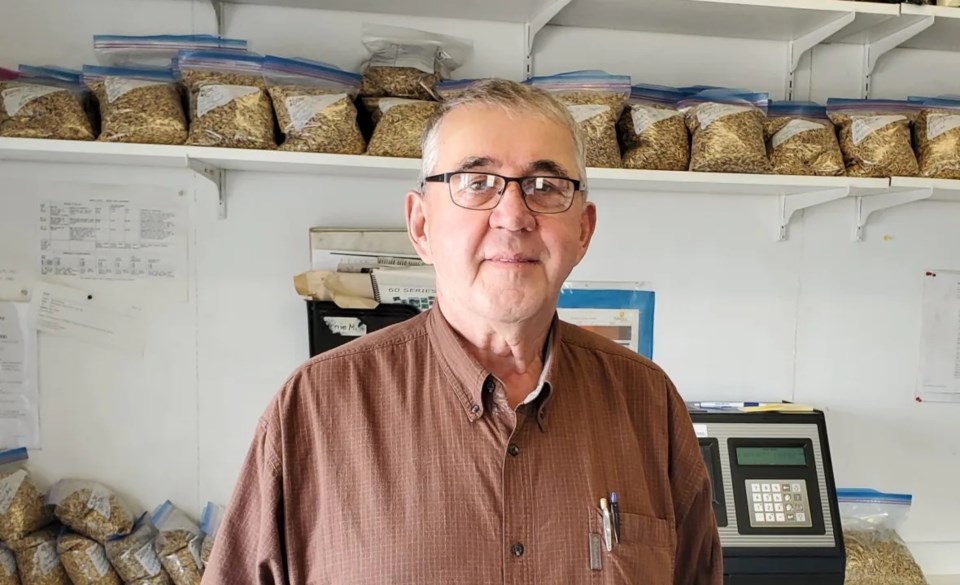Anyone interested in advancing the development of agriculture in Northern Ontario would be well advised to spend some time listening to Norm Koch. Born and raised on a farm in southern Ontario, Norm settled in Earlton in 1986.
Today, he and his family farm close to 15,000 acres and operate a grain storage and transportation business employing 20 to 25 people.
Norm is bullish about the future of agriculture in Northern Ontario, claiming the region’s fertile Claybelt stretching from the Quebec border all the way to Kapuskasing and Hearst has huge potential as a future grain belt thanks to climate change and rapidly increasing land prices in southern Ontario.
While the expansion of agriculture in northeastern Ontario has been largely limited to the so-called Little Claybelt in the Temiskaming area, Norm points out that there are several million acres in the Kapuskasing to Hearst corridor that will inevitably be developed. “It’s only a matter of time,” he tells us.
Environmentalists may not agree, but climate change, he remarks, is excellent for agriculture in Northern Ontario. Crop heat units have increased from 1,900 CHUs years ago to between 2,400 and 2,600 CHUs today, allowing farmers to grow soybeans, canola and corn in addition to oats, barley and wheat.
Land prices have increased from $300 an acre in the late 70s and early 80s to between $4,500 and $6,000 per acre and even higher today. That’s actually a good thing for farming, Norm tells us, because increased equity allows farmers to borrow and invest more easily in their operations. While farmland prices have increased in Northern Ontario, they are still a bargain compared to prices of $20,000 to $30,000 per acre in southern Ontario, causing an increasing number of farmers to look north.
In this interview, Norm emphasizes the importance of agricultural research and promoting the agricultural potential of Northern Ontario. He cites, for example, the lobbying effort to stop the threatened closure of the New Liskeard Agricultural Research Station and the staging of the 2009 International Plowing Match in Earlton, which drew 82,000 people to the region.
This interview will give Northerners some good ideas for advancing the realization of Northern Ontario’s agricultural potential. They include lobbying government to support land clearance and tile drainage, the development of necessary infrastructure, including abattoirs and grain elevators and the promotion of the region’s potential to farmers in Canada and overseas.
